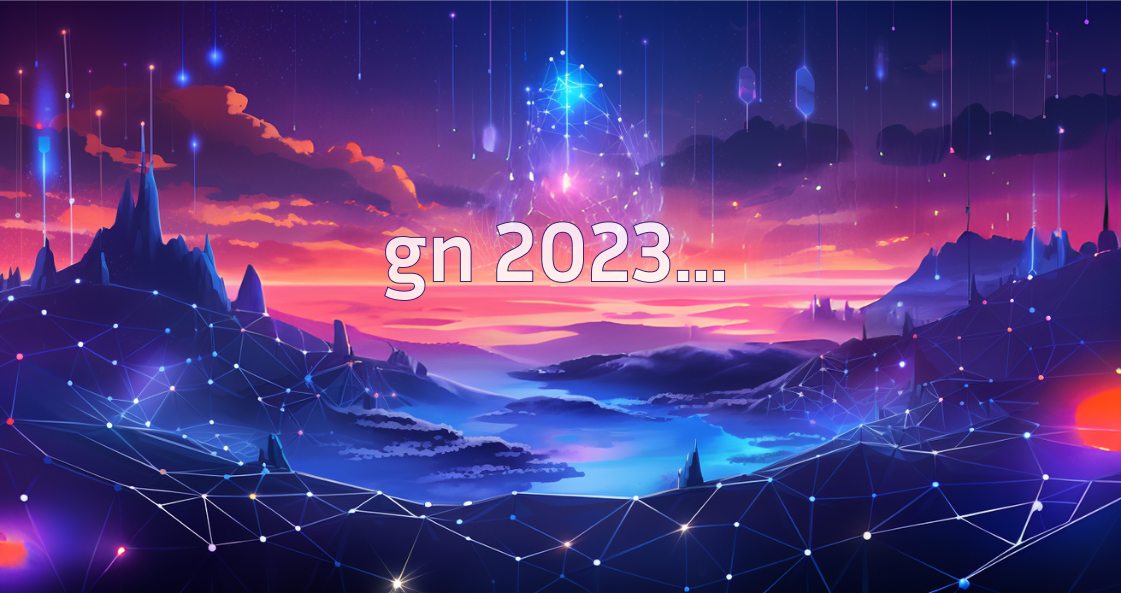Unleashing L2’s Computational Richness
TL;DR
L2-native dApps can now flourish free of traditional L1 gas restrictions
Introduction
dApp developers have always faced severe constraints due to Ethereum’s (L1) block gas limit. It limits not only how those dApps operate but also what those dApps are capable of doing.
Layer 2 (L2) offers dApp developers a computational greenfield, free of this gas glass ceiling. We believe that the vast majority of dApps will be L2-native within a couple of years: they will have been built from the ground up on L2 to benefit from this computational degree of freedom.
L1 gas limits shape L1-native dApps
Let us consider two examples of popular dApps whose design is profoundly shaped by L1 gas constraints: AMMs and DEX aggregators.
An Automated Market Maker (AMM) is essentially a low-gas approximation of an order-book-based exchange. Instead of allowing users to place and remove limits, stop loss, or a variety of other order types, L1 AMMs only allow for simple swaps with a central underlying liquidity pool — to accommodate the intense computational cost of L1.
DEX aggregators ideally need access to all possible liquidity pools, even the smallest liquidity pool, to leverage the best prices for users. However, because of the cost of querying many different pools, it is simply not worth transacting over L1. It is justifiable to access pools and pay the associated transaction fees only when liquidity pools have sufficiently deep liquidity. In a similar vein, liquidations in lending/borrowing and other collateral-based dApps could be much more accurate if the difference between liquidation discount and transaction fee was much smaller.
The limited functionality and design of many L1 dApps directly result from developers optimizing their code to abide by Ethereum’s gas constraints. Why, you may ask, do we say Ethereum? Can’t Solidity code run on many L1s and even some L2s? Indeed, but of these, Ethereum is the most expensive (and, therefore, secure) environment. Solidity dApps are designed for “the most expensive link”, i.e., Ethereum. Hence, they do not benefit from the computational advantage afforded by less expensive runtime environments. To unlock functionality foregone by designing a dApp for the most expensive runtime environment, the dApp’s code must be adapted.
The rise of L2-native dApps
Validity Rollups (aka ZK-Rollups) enable extremely cheap computation. Unlike any other scaling solution — the L2 computation can grow exponentially with only a small impact on the on-chain verification gas cost. In addition, a Validity Rollup processes inputs to the computations — “witness data” — without consuming additional L1 resources, allowing for computations with many inputs.
Coding dApps natively on L2 in Cairo (a Turing-complete language to scale dApps via STARK proofs) unlocks a vast realm of possibilities for developers. It enables them to use significant amounts of data — both computational and witness data — that they couldn’t use before.
Let’s explore such L2-native dApps and their new, enriched capabilities.
DeFi
Before onboarding to StarkEx, StarkWare’s Validity Rollup, dYdX operated as an L1 dApp on Ethereum. It offered its users leverage of x10 on synthetic assets and supported positions with only one synthetic asset. Rebuilding dYdX in Cairo as an L2-native dApp provides a dramatically more scalable, cheaper, and efficient DeFi platform:
- Oracle price updates: Such updates typically include dozens of prices and signatures from various sources to calculate a median. A Validity Rollup provides exponential scaling of the price oracle logic (signature verification and calculation of the median price) — without reporting that witness data to L1. Compare this to dYdX’s L1 implementation, where every price oracle update cost about 300K gas and was, therefore, limited in its frequency and the size of the set of price reporters.
- Leverage: An accurate price feed allows dYdX to estimate the risk of a position in real-time and offer higher leverage for users. Thanks to the improved oracle price updates, dYdX increased leverage from x10 on L1 to x25 on L2.
- Cross-margin: With dYdX on L2, market makers can put long/short orders on many assets using the same collateral. The average settlement on dYdX’s L2 involves positions with more than 10 different synthetic assets! By comparison, having this cross-margin ability on L1 would have more than doubled the on-chain gas cost.
Gaming and Generative Art
The current crop of L1-native games typically store game assets on L1 while implementing the entire game logic in a trusted off-chain application. This pattern is a direct result of L1’s gas limitations. Thanks to cheap computation on L2, developers of L2-native gaming dApps can now implement the game logic in a smart contract and manipulate the game assets trustlessly, rather than just storing them. Bringing game logic into the realm of trustless computation is a significant step towards a much richer world of blockchain-based games. L2-native games are already being developed on Starknet, StarkWare’s permissionless network (e.g., Dope Wars and Influence).
But, how complex can a blockchain-based game really be? For example, handling graphics directly on-chain seems impossible — or is it? Solving differential equations and simulating planar motion in a smart contract represents a significant step towards what in the future could be a blockchain physics engine. The implications are huge. Imagine a competitive multiplayer game like Counter-Strike. If one could simulate the game logic on-chain, many dreaded hacks would become a thing of the past — players could enjoy a provably fair game.
Generative Art uses computation, randomness, and other data to create blockchain-based art. The more complex logic and computation an artist can use trustlessly, the more options exist to generate unique singular pieces of art. WhaleStreet DAO is launching one of the first Gen Art projects on Starknet, taking advantage of Starknet’s unlimited computational resources.
What’s next?
Validity Rollups — and Cairo-powered StarkEx and Starknet, in particular — provide an environment where one can develop and operate dApps that consume a lot of computation or witness data. With all the benefits of distributed ledger technology, we predict an immensely exciting future for L2-native dApps.
What can you create with general computation supported by composability, trustlessness, and decentralization?



